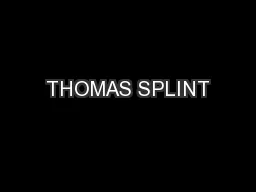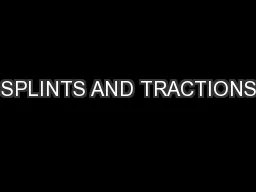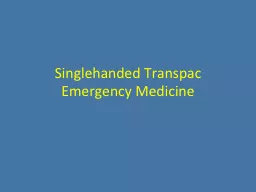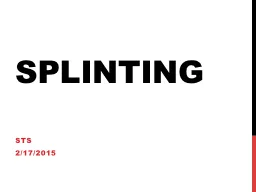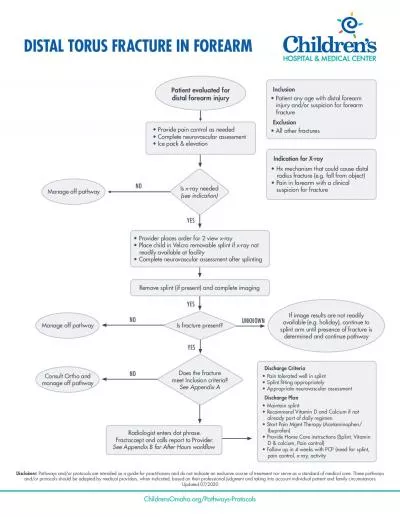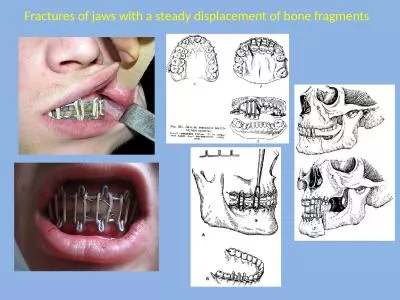PPT-THOMAS SPLINT
Author : kittie-lecroy | Published Date : 2016-07-18
Dean Salmon 40077459 Midshaft fractures of the Femur Used in the emergency department to support the fracture and allow for easier mobilisation of the patient until
Presentation Embed Code
Download Presentation
Download Presentation The PPT/PDF document "THOMAS SPLINT" is the property of its rightful owner. Permission is granted to download and print the materials on this website for personal, non-commercial use only, and to display it on your personal computer provided you do not modify the materials and that you retain all copyright notices contained in the materials. By downloading content from our website, you accept the terms of this agreement.
THOMAS SPLINT: Transcript
Download Rules Of Document
"THOMAS SPLINT"The content belongs to its owner. You may download and print it for personal use, without modification, and keep all copyright notices. By downloading, you agree to these terms.
Related Documents

